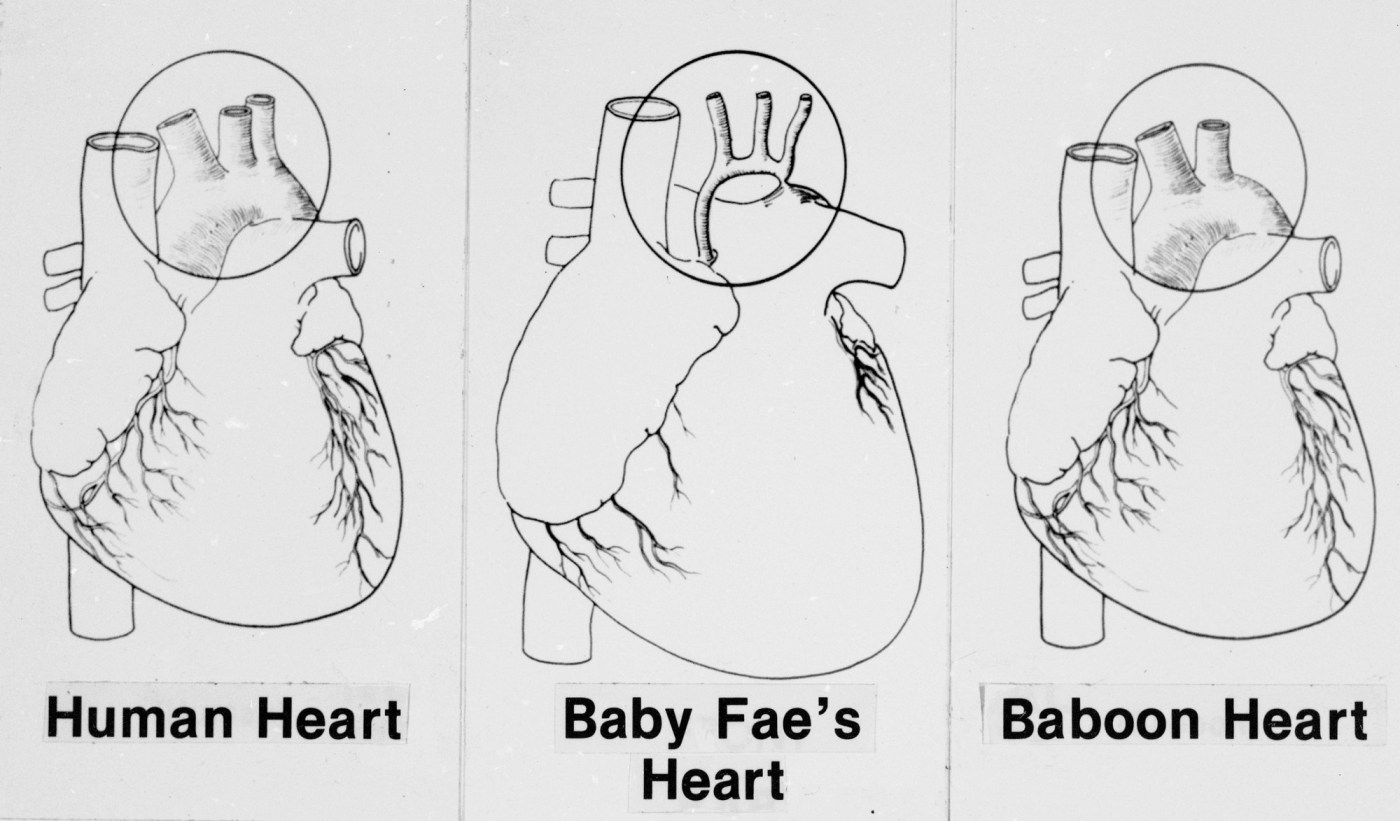The biotechnology sector is witnessing a remarkable surge in dealmaking, despite its relatively small size compared to the broader technology industry. This week, Nvidia‘s market value exceeded $5 trillion, overshadowing the combined market capitalization of all pharmaceutical and biotechnology companies, which stands at $4.6 trillion.
As the demand for innovative healthcare solutions grows, biotech firms are increasingly becoming attractive targets for investment and mergers. The industry’s capacity for cutting-edge research and development has drawn significant attention from investors eager to capitalize on potential breakthroughs. This dynamic is reshaping the landscape of both biotechnology and pharmaceutical sectors.
Market Dynamics Driving Investment
The disparity between the valuations of major technology firms and the biotech sector highlights the potential for growth in the latter. Major players are recognizing that the future of healthcare lies in the advancements made by biotech companies. With ongoing research in areas such as gene therapy, immunotherapy, and personalized medicine, the sector is poised for substantial expansion.
Investors are not just looking at established companies; they are also focusing on startups that show promise in addressing unmet medical needs. The recent increase in venture capital financing for biotech startups underscores this trend, with funding levels reaching new heights. Reports indicate that investments in biotech have surged, driven by a combination of public interest and the urgency to develop innovative treatments and technologies.
Implications for the Future
The ongoing dealmaking trend within the biotech sector could lead to transformative changes in healthcare delivery. As larger pharmaceutical companies acquire smaller biotech firms, the integration of new technologies and therapies is likely to accelerate. This may result in a faster pace of innovation and an expanded portfolio of treatment options available to patients.
Analysts suggest that this trend may not only reshape the competitive landscape but also prompt a re-evaluation of how healthcare systems operate globally. The potential for cost reductions and improved patient outcomes could be significant, providing a win-win scenario for both investors and healthcare providers.
In conclusion, the biotechnology sector, despite its smaller size, is experiencing a robust wave of dealmaking driven by market dynamics and the quest for innovative solutions. As the gap between technology and healthcare narrows, the implications for both industries will be profound, potentially redefining the future of medical treatment and patient care.






